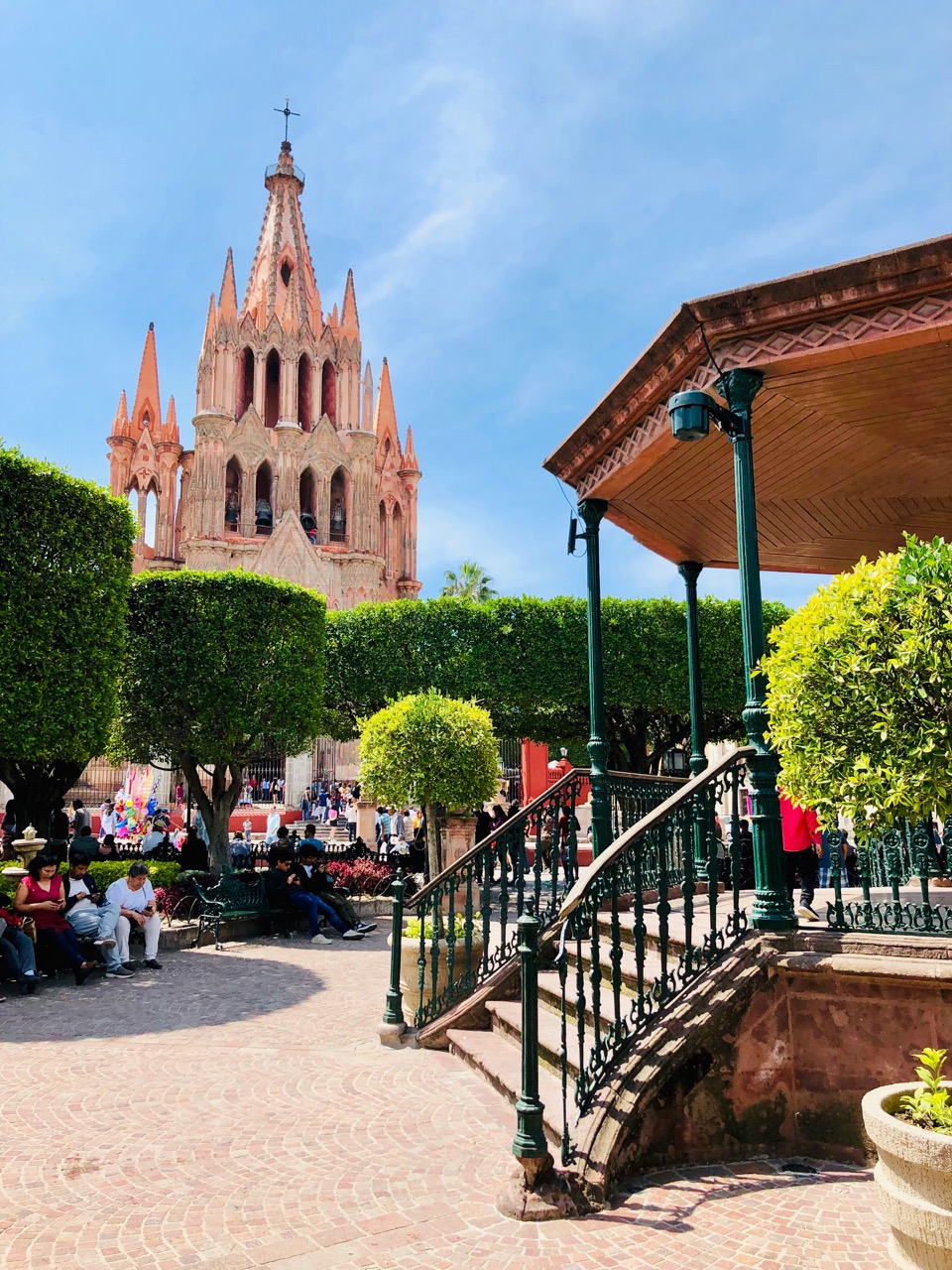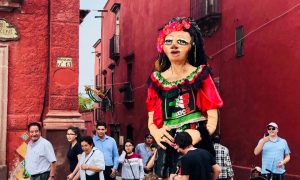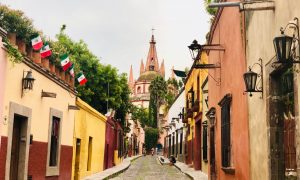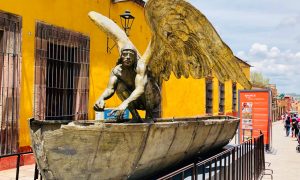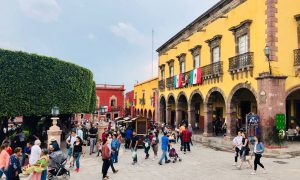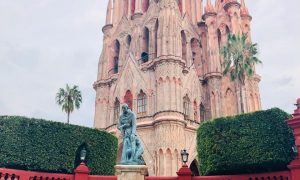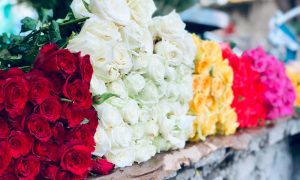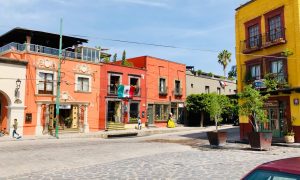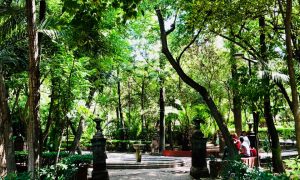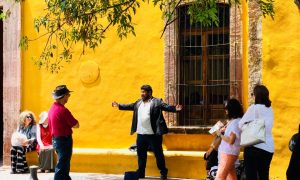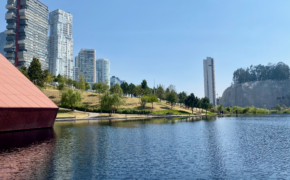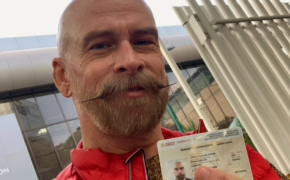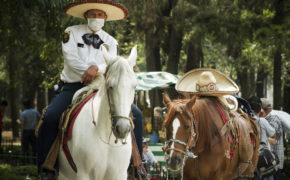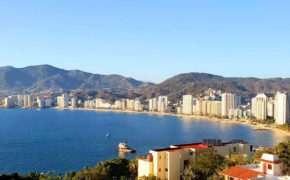One night in San Miguel de Allende
While I was earning my TEFL-certification in Guadalajara, I was able to escape for a weekend to San Miguel de Allende, where I met my friend Bill from San Francisco who was staying in the home of another Bay Area transplant, Mick, who had also moved to Mexico years before. As it turned out, San Miguel de Allende was quite a bit further than I realized from Guadalajara, but it was an affordable trip thanks to Mexico’s luxury bus system that travels between cities. This adventure was also my first time passing through several states over land instead of by air, which gave me a wonderful new perspective on Mexico.
Leaving Guadalajara at the crack of dawn, I was surprised to find myself passing through the expansive verdant fields and pastoral landscapes of Mexico’s Bajío macro-region, which spans several states including Jalisco, Guanajuato, Querétaro, and Aguascalientes. For whatever reason, I expected most of Mexico’s interior to be vast stretches of desert, which is true in some cases, especially further to the north. But thanks to the more temperate climates at high elevations in the lower lands between Mexico’s Sierra Madre mountain ranges along the coasts, the Bajío region is Mexico’s agricultural bread basket, with high yields of sorghum, wheat and maize. The Bajío is also the epicenter of mining, dairy and leather products, goat cheeses, and the thriving Mexican wine industry.
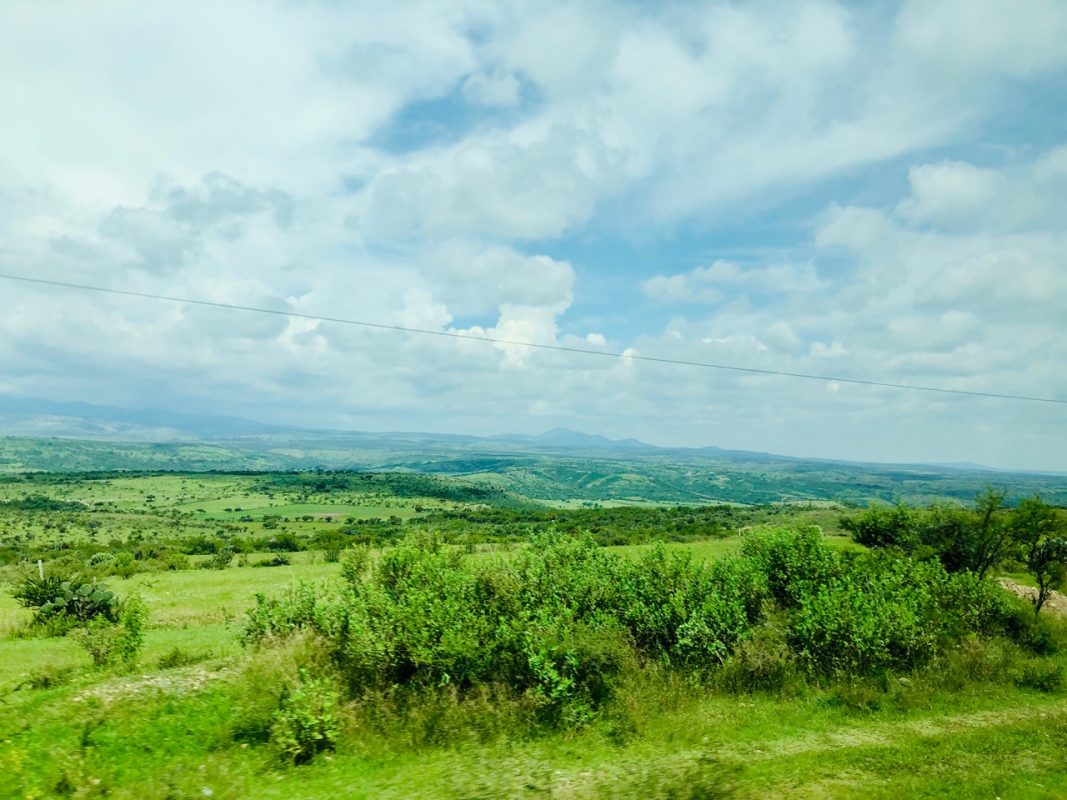
The beautiful countryside of the Bajío macro-region of Mexico.
The bus made brief stops in León and Guanajuato before arriving in San Miguel de Allende. Though I did not have time to stay and experience each city, I was able to see enough to realize that each of these Spanish colonial cities deserves a visit of its own. León is known for its strong leather industry. Guanajuato is a unique city set in a narrow valley famous for its narrow winding streets, long sets of stairs up mountainsides, and underground highways through tunnels originally built in the past as flood control channels.
I arrived in San Miguel de Allende around noon, jumped in a cab and arrived where Bill was staying within 15 minutes. After getting situated for my one-night stay, we set out on foot toward the centro histórico. Bill and I had bonded in San Francisco around our love for Mexico and our mutual trips to Zipolite on the coast of Oaxaca, so it was exciting to finally see him in Mexico. He had made several visits to San Miguel de Allende, but it was my first, so he planned a circuitous route to the centro along the hills to let me start taking in the views as we worked our way toward the centro.
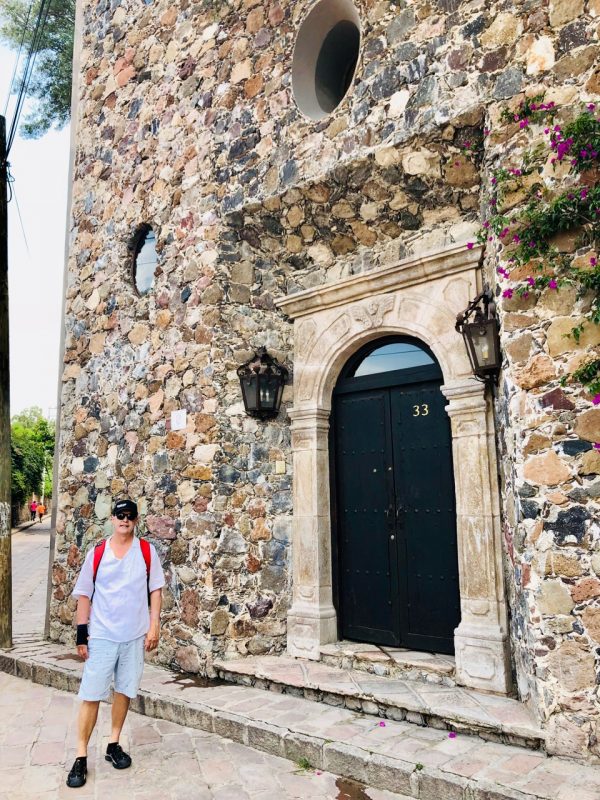
My friend Bill outside an old home on our way to the centro.
Though I had lived in San Francisco for 25 years and had grown accustomed to scaling its large hills, I found the hills of San Miguel de Allende a challenge. We enjoyed beautiful warm weather on our way in, but the elevation of 1900 meters (6200 feet) above sea level that took its toll. Functioning at high elevation had proven from the start to be one of my biggest challenges living in Mexico, so hiking our way around San Miguel de Allende left me breathless more than once. But Bill was a great host and an understanding friend, so he guided me towards more shady spots as we moved through the beautiful colonias along the hillsides.
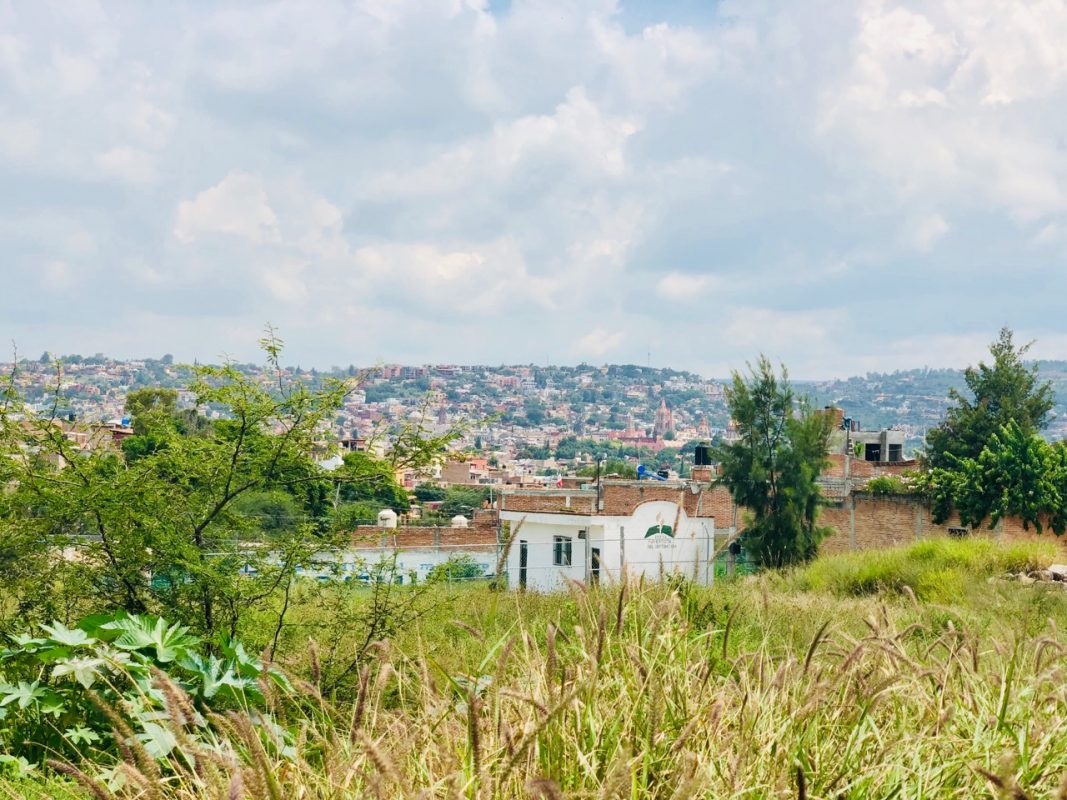
Views from the hills surrounding San Miguel de Allende
After an hour or so, we descended toward the centro passing through a busy shopping district. We stopped for lunch at one of Bill’s favorite restaurants where I enjoyed grilled chicken with potatoes and a beautiful green salad. It was the first salad I had eaten since leaving San Francisco. In this meal, the Bajío was showing me what it was all about, and boy was it delicious!
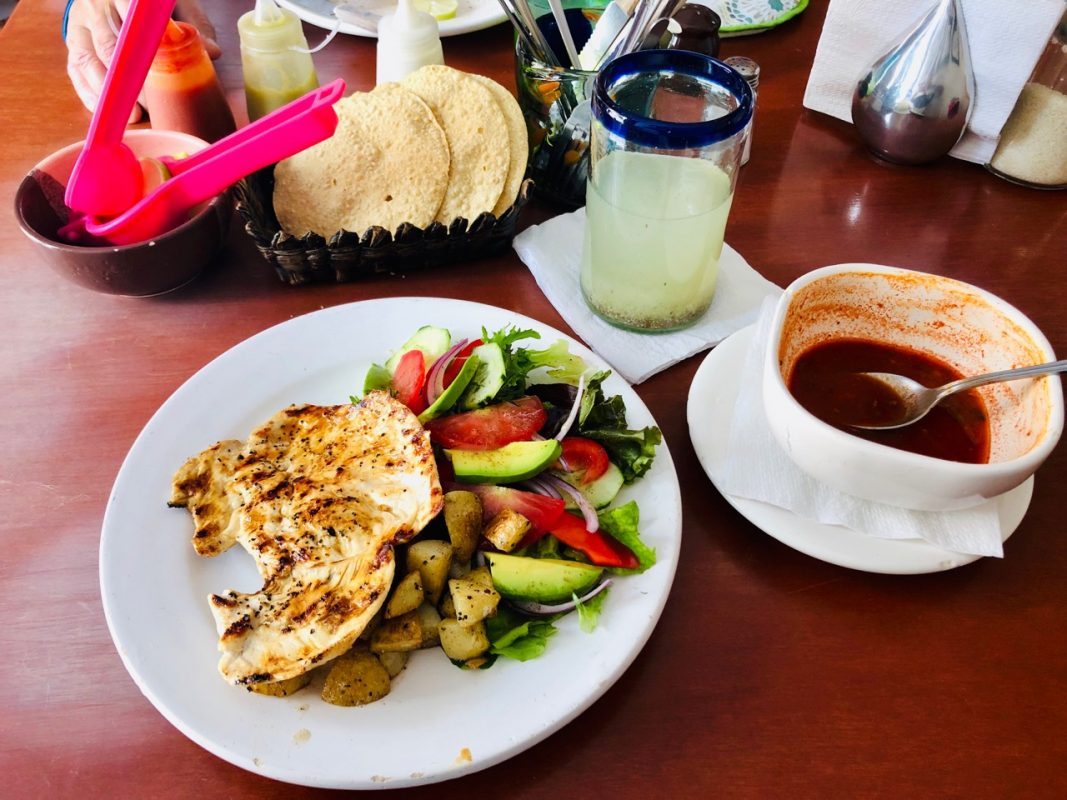
Delicious grilled chicken, potatoes and delightful green salad!
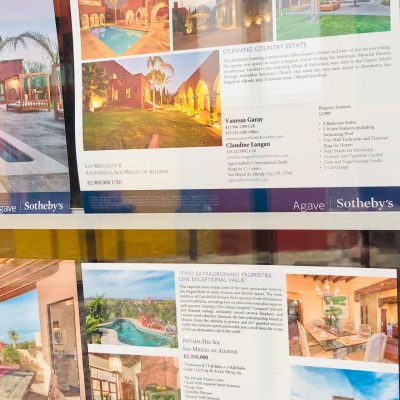
Prices in US dollars and Sotheby’s realtors with US phone numbers. Gentrification is happening in Mexico, too.
After lunch, we crossed the street to pass by Instituto Allende. We decided to return in the morning to take in the Sunday market, so we continued moving toward the centro. It was Saturday afternoon, and the streets were gridlocked with cars, which turned out to be a lasting impression of this otherwise beautiful city. Another lasting impression was the amount of retired, wealthy American expats in this city. There were times, especially in restaurants, when everybody except the staff was speaking English. I had only lived in Mexico for a few months at this point, and had only experienced this in Ajijic, a town along the shorts of Lake Chapala in Jalisco also favored by many retired American expats. The presence of so many expats was a surprise, and I was disappointed that there was so little effort given to speaking Spanish. Over the weekend, I also became aware of the other impacts of expats in San Miguel de Allende, where gentrification is having a severe impact on the ability of Mexican families, who have lived in the area for hundreds (or even thousands) of years, to continue to afford to live there. It’s a real issue I learned more about later from my friend Juan, whose family has lived in San Miguel de Allende for as long as anyone knows. In many ways, it is a city that has fallen victim to its own success as a place where art, history and culture intersect.
It was the weekend before Independence Day (16 de septiembre), but the city was already celebrating. The Bajío region was the birthplace of the war of independence against Spain beginning with the Grito de Dolores, the call to arms against the Spanish by Catholic priest Miguel Hidalgo y Costilla, in the nearby city of Dolores (today known as Dolores Hidalgo). It signaled the beginning of the end of Spanish colonial rule, which had endured since the establishment of New Spain in 1535, following the Conquest beginning in 1519. The grito is reenacted to this day from the balcony of the National Palace in Mexico City, ringing the same bell used by Hidalgo in 1810, and in cities throughout Mexico. So a festive mood filled the city as we moved our way through its narrow cobbled streets 209 years later.
There is a character to the city that seems idyllic, so it’s hard to describe San Miguel de Allende without thinking about Disneyland, particularly the area around New Orleans Square. The chief difference, of course, being that Disneyland is contrived whereas San Miguel de Allende is authentic with more than 500 years of history behind it. It is a beautiful city you will never forget. As we moved into the city from Ancha de San Antonio, I was struck by so many things… The Spanish architecture is stunning, whether you’re looking at the churches, museums (former convents), government and commercial buildings, or the old homes that line most of the streets. You won’t be able to miss the beautiful doorways of the old homes, many beautifully restored and modernized. I was also delighted to see many old canoes, now preserved and used as decor, that the local people once used to fish in the large lake nearby.
- Street performers making things festive
- Breathtaking views around every corner
- The canoes, including this beautiful sculpture
Along the way, we visited beautiful old churches, passed many sidewalk restaurants and cafes, art galleries and shops, and took in views of the city from the neighborhoods surrounding the centro. Mexican flags and red, white, and green ribbons decorated almost every balcony. We made our way to the Jardín Allende, the central plaza in front of Parroquia de San Miguel Arcángel, the famous gothic cathedral which lends the city the first part of its name, San Miguel. The last part, “de Allende” is in honor of Ignacio Allende, a martyr of Mexican Independence, who was born in a house facing the plaza. Jardín Allende was an especially festive spot with venders selling balloons, glow sticks, and souvenirs, especially in the colors of the Mexican flag this weekend, along with opera singers, puppeteers and street performers on stilts.
- Jardín Allende
- Parroquia de San Miguel Arcángel
- Statue of Ignacio Allende in Jardín Allende
A visit to San Miguel de Allende would be incomplete without entering the beautiful Parroquia de San Miguel Arcángel. This neo-Gothic church is unique in Mexico, and is the undisputed symbol of the town. It’s pink stone and high spires are visible from all around. Bill and I took it in from many points as we moved our way through the hills and streets of San Miguel. It was originally built in the 17th century, but the current facade was built in 1880 by an indigenous bricklayer named Zeferino Gutierrrez, a self-taught architect, inspired by postcards of Gothic churches in Europe. Mass was being performed during our visit, so I don’t have any photos from inside this beautiful church, as photography is prohibited during services. We entered and stayed toward the rear to take in the beautiful art and architecture inside, and it is no less stunning inside than out.
Soon we found ourselves feeling very tired. The day had stared with a long journey by bus followed by a pretty full day around town. We went back to Bill’s place to relax and talk about our love for Mexico. I told him about all my experiences since my move a few months before, and he caught me up on things happening in our circle of friends back by the Bay. Eventually, we wound down for the night. I had been staying in a hostel in Guadalajara, which was adequate while I was studying, but nowhere near as comfortable and quiet as his place, so this night I enjoyed a much-needed deep sleep in comfort.
The morning brought us fresh energy, and we were off again. We went back to the centro to a beautiful restaurant for brunch. Afterwords we wandered our way through the streets to visit the mercados at Instituto Allende, the most famous art institution in this city. Inside we enjoyed the murals, and took in the many arts and crafts offered by the venders. After a while, we left and made our way through the streets to a beautiful city park called Parque Benito Juarez. Here we found refuge from the building heat, enjoyed fresh fruit with chile and lime, and explored more arts and crafts vendors. After a while, we made our way back through the streets to the centro, stopping for t-shirts, lunch, and ice cream along the way…not necessarily in that order! It was a beautiful sunny Sunday, and the festive energy of the previous evening had simmered down to a slower pace as residents went to church and spent time with their families.
- Sunday brunch at Cafe Rama
- Instituto Allende
- Fresh long-stemmed roses
- Hardly any cars on Sunday morning
- Beautiful, shady Parque Benito Juarez
- An opera singer performing on the street
Sunday was my favorite time in San Miguel de Allende, but the clock was ticking and soon it was time for me to get in a taxi back to the bus station for the long trip back to Guadalajara. I left satisfied that I had seen enough of the city on this trip to hold me until I have time to return for a longer stay. When you come to Mexico, you really must find time in your itinerary to visit this beautiful city!
